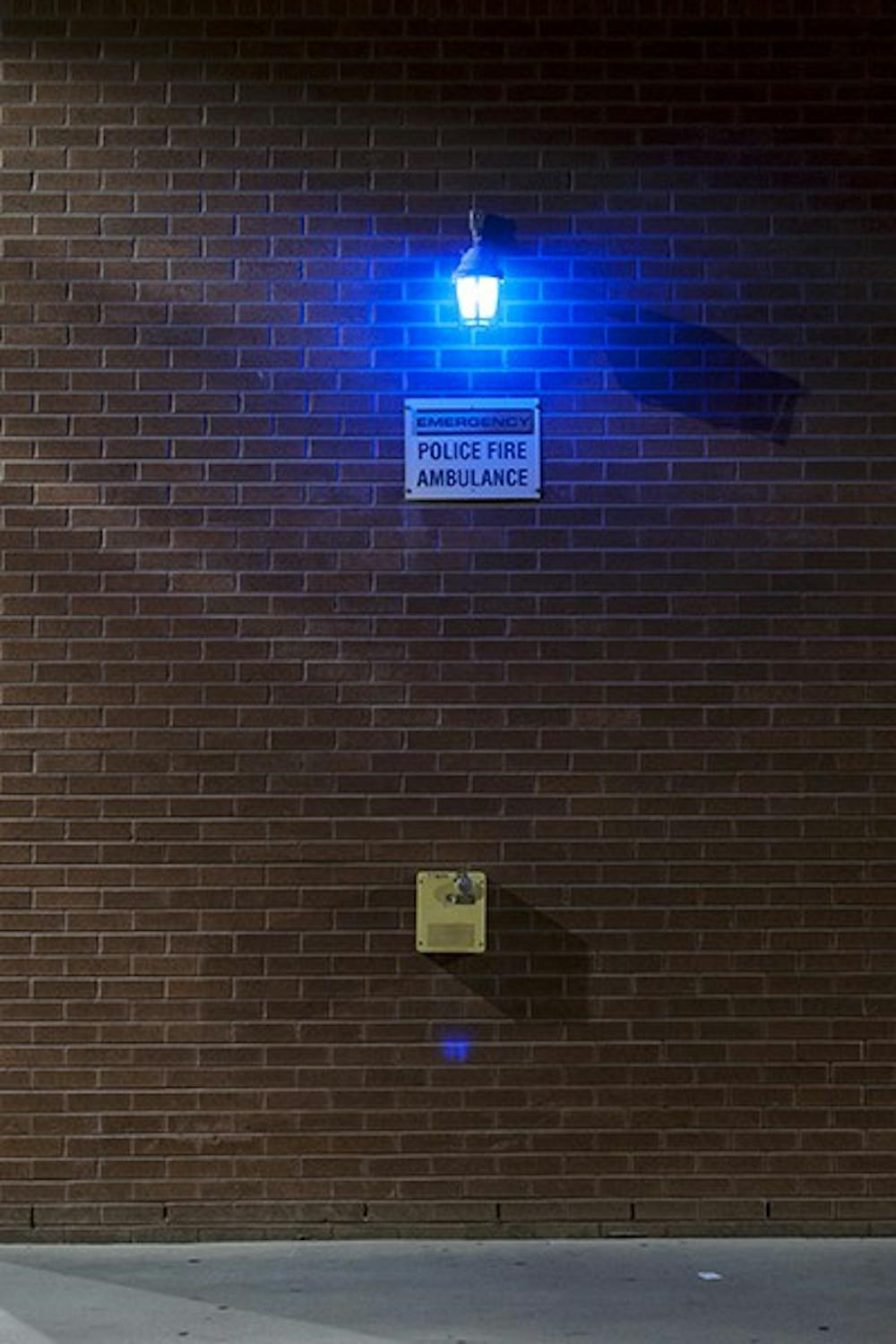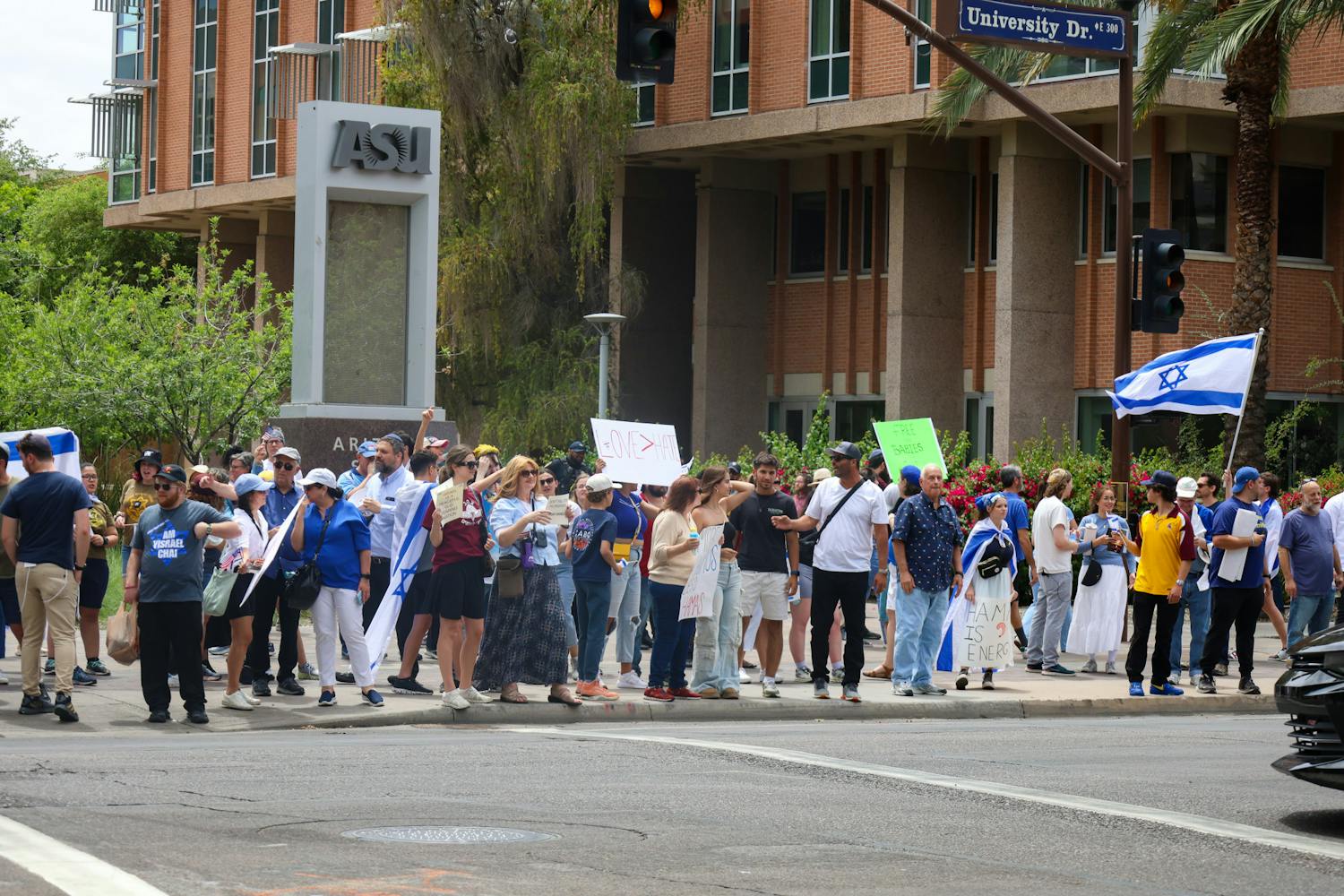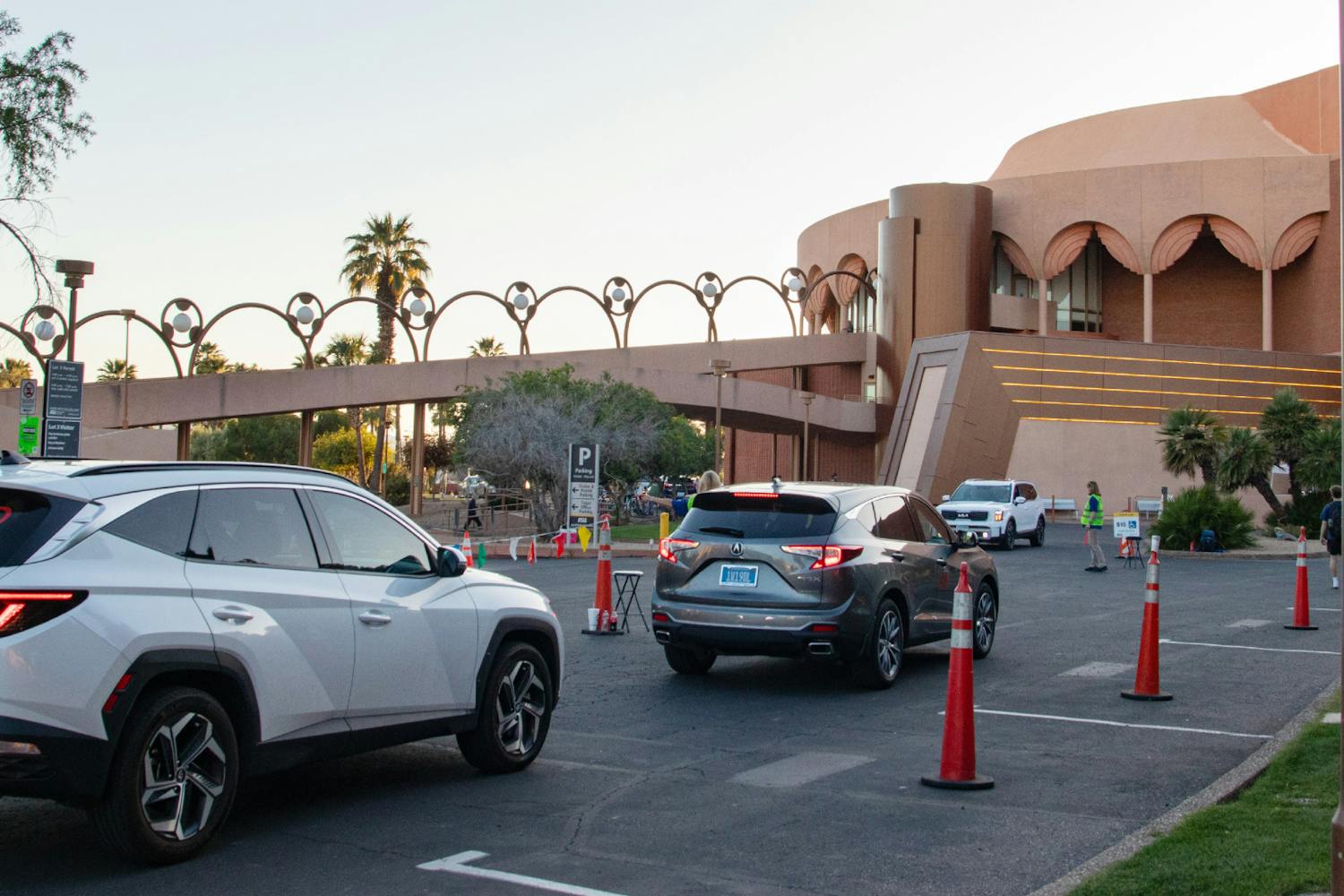
During a typical, bustling weekday, the Tempe campus contains such large crowds that it may seem impossible to be alone or feel unsafe while on campus.
However, when the sun goes down, students said their sense of security can disappear with the sunlight.
“During the day I feel like I’m very safe on campus, but at night, I don’t like to walk around alone,” said political science freshman Meredith Klosterman.
Scattered throughout campus are emergency buttons that a student or visitor can press if they feel like they are in an emergency situation. The buttons are hard to miss as part of the campus scenery, but many students said they did not know exactly what the buttons do.
Klosterman said she takes precautions to be safe at night on campus, such as walking with friends, but said she probably would not know exactly what to do in an emergency setting.
“I have the ASU police number saved in my phone, so I would probably just call that,” Klosterman said.
Engineering exchange student Pamela Robles said she has always felt safe on campus and that if she felt threatened, she would press the emergency button, even though she said she was not exactly sure what would happen.
ASU Police Department spokesman Sgt. Daniel Macias said the buttons are placed strategically throughout campus, so one should always be within eyesight.
“When you press the emergency call box, it places a call to the police department just like a 911 call would,” Macias said. “The call will go directly to the ASU police department.”
Calls placed from call boxes on other campuses will be directed to the policing agency that is in charge of that campus. When a button is pressed, a dispatcher will respond immediately, even if there is not a reply on the other side, Macias said.
“We handle calls from the call boxes just like any other call for service,” Macias said.
Macias said whenever a button is pressed, officers will always be sent out to check the area, even if the dispatcher doesn't receive a response from the caller that pressed the button.
When a person presses an emergency button, the machine immediately alerts officers of the address, which can save time in an emergency situation. Macias said that if a person is running from a threat, they can run from one button to the next to alert officers of the direction they are headed.
With so many boxes on campus and many students being unfamiliar with what they do, Macias said often police will receive false alarms from students.
“Sometimes when people are unfamiliar with them and wonder what they are, they press the button, but police will always go and investigate regardless if it is a false alarm,” Macias said.
The boxes are checked monthly to make sure that all are working properly, and Macias said a person should immediately notify police if they encounter a box that is not functioning.
Macias said the buttons are just one method that campus police use to create a safe environment. He recommended that all students program the non-emergency ASU police phone number into their phones and download the new LiveSafe app that was launched last week.
The app allows people to text the police department if they are uncomfortable with calling, and they can add audio or video to the messages they send to police, among its other functions, Macias said.
Macias said with a new school year and a record number of freshmen enrolled, it is the police department’s highest priority to keep students and faculty safe, and he said he hopes the app and basic safety precautions will allow students to feel more secure on campus.
If you are ever in an emergency situation, you are encouraged to call 911, contact the ASU Police and Safety Escort at 602-262-3456 or contact the Phoenix Police department at 602-495-1500.
Reach the reporter at cvanek@asu.edu or follow her on twitter @CorinaVanek




